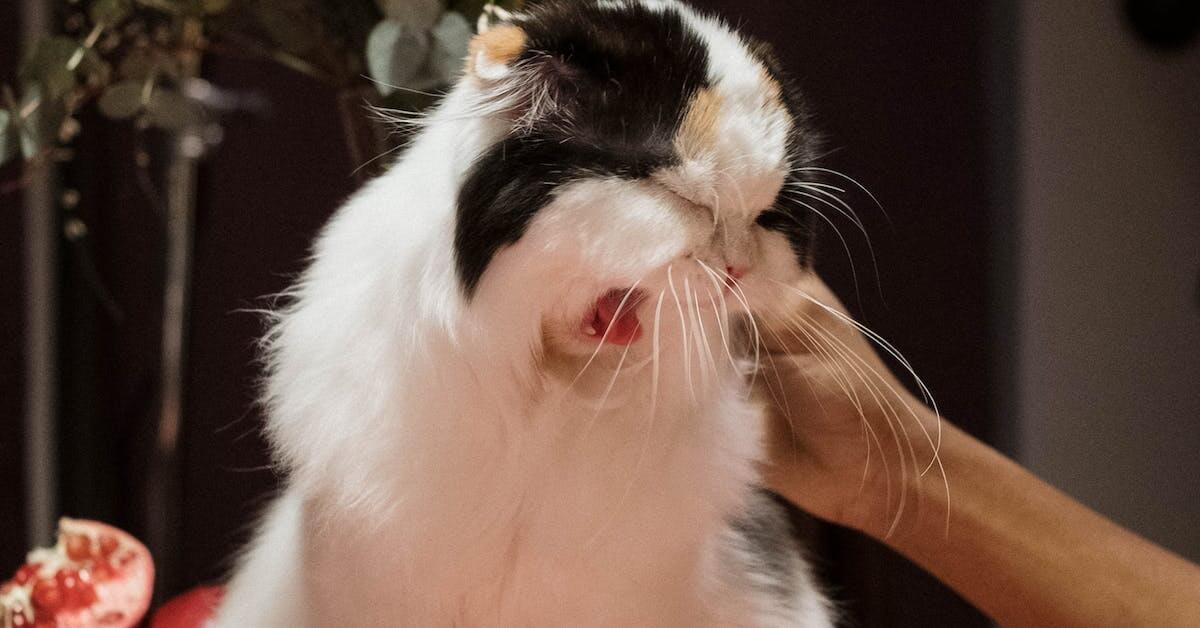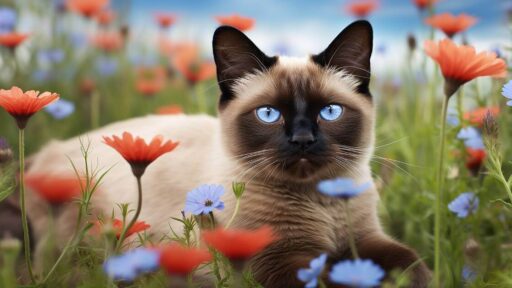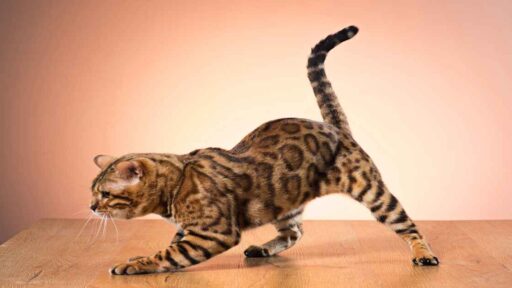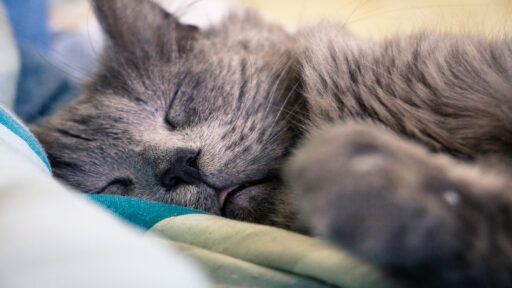My cat is sneezing, with their enigmatic charm and independent personality, and often leaves their owners puzzled when health issues arise. One common concern that may prompt a pet owner to seek answers is when their feline companion starts sneezing. While occasional sneezing may be normal, persistent or unusual sneezing can be a sign of an underlying issue. In this comprehensive guide, we will explore the various causes of why your cat might be sneezing, the symptoms to watch out for, and essential care tips to ensure your furry friend’s well-being.
Understanding Why My Cat Is Sneezing
1. Normal Sneezing vs. Excessive Sneezing
Normal Sneezing:
- Occasional: Cats may sneeze occasionally due to environmental factors such as dust, pollen, or other irritants. This is considered normal and is similar to how humans sneeze to clear their nasal passages.
- Grooming: Cats groom themselves by licking their fur, and this can introduce foreign particles into their noses, triggering sneezing. This is a natural part of their hygiene routine.
- Playful Behavior: Active play, especially in dusty or grassy areas, can lead to occasional sneezing as well. It’s usually nothing to be concerned about if the sneezing is infrequent.
Excessive Sneezing:
- Frequent and Persistent: If a cat is sneezing frequently throughout the day and the behavior persists for an extended period, it may indicate an underlying issue. Chronic sneezing could be a sign of an upper respiratory infection or other health problems.
- Accompanied by Other Symptoms: Excessive sneezing, when accompanied by other symptoms like nasal discharge, lethargy, lack of appetite, or difficulty breathing, may indicate a more serious health issue. In such cases, prompt veterinary attention is essential.
- Allergies or Irritants: While occasional sneezing due to allergies or irritants is normal, persistent or severe reactions may suggest the need for intervention. Allergies to certain foods, cleaning products, or environmental factors could be potential causes.
When to Consult a Veterinarian: If a cat exhibits excessive sneezing along with other concerning symptoms, it’s crucial to consult a veterinarian. Upper respiratory infections, dental issues, or allergies may be underlying causes that require professional diagnosis and treatment.
2. Common Causes of Sneezing
- Environmental Factors: Allergens like pollen, dust, or smoke can trigger sneezing.
- Upper Respiratory Infections: Viruses, such as feline herpesvirus or calicivirus, can cause respiratory issues.
- Foreign Objects: Cats may inhale foreign objects during play, leading to irritation and sneezing.
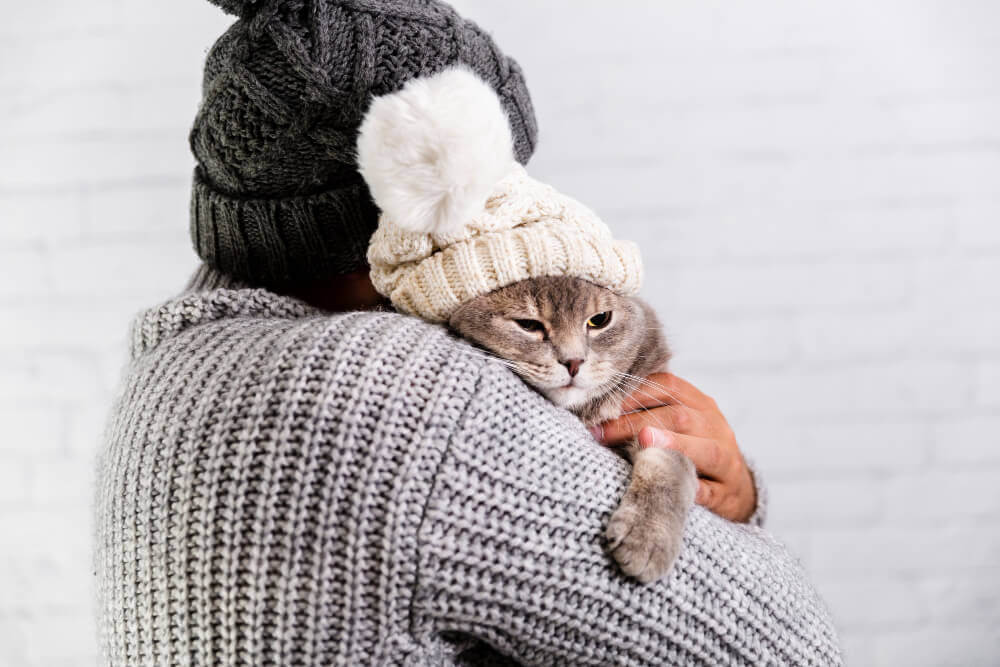
Recognizing Symptoms
1. Additional Respiratory Symptoms
- Nasal Discharge:
- Clear or Watery: Mild clear or watery nasal discharge may be associated with normal sneezing, but if it becomes thick, discolored, or persistent, it could indicate an infection or other respiratory problem.
- Purulent (Pus-like): Yellow or greenish nasal discharge often indicates a bacterial infection. This can occur with upper respiratory infections or other conditions affecting the nasal passages.
- Coughing:
- Frequent or persistent coughing may suggest a respiratory infection, asthma, or other respiratory conditions. It’s important to distinguish between coughing and gagging, as coughing is more indicative of a respiratory issue.
- Labored Breathing or Respiratory Distress:
- Difficulty breathing, rapid breathing, or open-mouth breathing are signs of respiratory distress and require immediate veterinary attention. This can be caused by various conditions, including infections, asthma, or heart issues.
- Wheezing or Noisy Breathing:
- Wheezing sounds during breathing may be indicative of an obstruction or narrowing of the airways. This can occur with asthma, allergies, or other respiratory disorders.
- Sneezing Fits:
- If a cat experiences prolonged bouts of sneezing, often accompanied by other respiratory symptoms, it may indicate a more serious issue. This could be a sign of chronic respiratory conditions or infections.
- Blue Tint to Gums or Tongue (Cyanosis):
- Cyanosis is a serious symptom indicating a lack of oxygen in the blood. If the cat’s gums or tongue appear bluish, it requires immediate veterinary attention.
- Lethargy and Reduced Activity:
- Respiratory issues can lead to reduced energy levels and overall lethargy in cats. If a cat is less active than usual, it may be a sign of an underlying problem affecting the respiratory system.
- Loss of Appetite:
- Respiratory problems can impact a cat’s sense of smell and appetite. A persistent loss of appetite may be related to nasal congestion or other respiratory issues.
2. Changes in Behavior
Here are some key aspects to consider when observing changes in a cat’s behavior:
- Lethargy:
- Normal Resting Behavior: Cats spend a significant portion of their day resting, but sudden or prolonged lethargy (excessive tiredness) may indicate illness, pain, or stress.
- Reduced Activity Levels: If a cat is less playful or active than usual, it’s essential to monitor for any potential health concerns.
- Social Interaction:
- Changes in Social Behavior: Cats have individual personalities, but noticeable changes in sociability, such as increased aggression, withdrawal, or avoidance, may indicate stress, pain, or underlying medical issues.
- Excessive Vocalization: Increased or unusual vocalization can be a sign of distress, discomfort, or medical problems. Pay attention to changes in meowing patterns.
- Grooming Habits:
- Excessive Grooming or Lack of Grooming: Changes in grooming behavior can signal issues. Excessive grooming may be a response to stress or skin problems, while a decrease in grooming might indicate pain or discomfort.
- Changes in Fur Texture or Condition: Dull, unkempt fur or the appearance of bald patches could be signs of underlying health problems, allergies, or parasitic infestations.
- Changes in Eating and Drinking Habits:
- Appetite Changes: Sudden changes in appetite, whether increased or decreased, may suggest underlying health issues such as dental problems, gastrointestinal concerns, or metabolic disorders.
- Weight Changes: Unexplained weight loss or gain should be monitored closely, as it can be indicative of various health conditions.
- Elimination Habits:
- Changes in Litter Box Behavior: Any alterations in litter box habits, such as frequency, difficulty, or changes in urine or stool appearance, may indicate urinary tract issues, constipation, or gastrointestinal problems.
- Inappropriate Elimination: If a cat starts urinating or defecating outside the litter box, it could be a sign of stress, medical issues, or behavioral problems.
- Sleeping Patterns:
- Changes in Sleep Patterns: While cats sleep a lot, significant changes in sleep patterns, such as insomnia or excessive sleeping, may signal underlying problems.
- Aggression or Irritability:
- Unexplained Aggression: If a previously calm cat becomes unusually aggressive, it may be a response to pain, fear, or stress. This behavior change should be addressed promptly.
- Hiding or Seeking Solitude:
- Increased Hiding: Cats may hide when unwell or stressed. An increase in hiding behavior may be a sign of discomfort or illness.
3. Observing Eating and Drinking Habits
Here are some aspects to consider when observing a cat’s eating and drinking habits:
- Appetite:
- Normal Eating Patterns: Cats generally eat small, frequent meals throughout the day. Observing regular eating habits is a positive sign of good health.
- Sudden Changes in Appetite: A sudden increase or decrease in appetite can signal underlying health issues. Increased appetite (polyphagia) or decreased appetite (anorexia) may indicate problems such as diabetes, dental issues, or gastrointestinal problems.
- Food Preferences:
- Sudden Changes in Food Preferences: Cats may become finicky eaters, but sudden and drastic changes in food preferences may indicate dental issues, gastrointestinal problems, or discomfort while eating.
- Preference for Unusual Items: If a cat starts eating non-food items (pica), it may be a sign of nutritional deficiencies or gastrointestinal issues. This behavior can be harmful and requires attention.
- Drinking Habits:
- Normal Water Consumption: Cats should have access to fresh water at all times. Monitoring a cat’s water intake is essential. Changes in water consumption can be indicative of various health issues, including kidney disease or diabetes.
- Increased Thirst (Polydipsia): If a cat is drinking significantly more water than usual, it could be a sign of diabetes, kidney disease, or hyperthyroidism.
- Frequency of Eating and Drinking:
- Consistent Schedule: Cats often thrive on routine. A consistent eating and drinking schedule helps maintain their well-being. Sudden changes in the frequency of meals or water intake may warrant investigation.
- Weight Changes:
- Unexplained Weight Loss: If a cat is losing weight without a clear explanation, it may be related to issues such as dental problems, diabetes, or thyroid disorders.
- Obesity: On the other hand, obesity can result from overeating or lack of physical activity. Maintaining an appropriate weight is essential for a cat’s overall health.
- Vomiting or Regurgitation:
- Frequent Vomiting: Regular or persistent vomiting can be a sign of various issues, including dietary sensitivities, gastrointestinal problems, or underlying health conditions.
Observing and noting any changes in a cat’s eating and drinking habits is vital for early detection of potential health issues
Seeking Professional Advice
1. When to Consult a Veterinarian
- Persistent or severe sneezing lasting more than a day.
- Concurrent symptoms like nasal discharge, coughing, or lethargy.
2. Veterinary Diagnosis
Vets may perform a physical examination, blood tests, or imaging to identify the cause.
3. Treatment Options
Antibiotics for bacterial infections, antiviral medications for viruses, or supportive care for allergies.
Providing Care at Home
1. Creating a Comfortable Environment
- Ensure a clean and dust-free living space.
- Avoid strong odors or irritants that may trigger sneezing.
2. Maintaining Hydration
Encourage your cat to drink water to stay hydrated, especially if there’s nasal discharge.
3. Nutrition and Dietary Considerations
Offer nutritious and easily digestible food to support your cat’s overall health.
Preventive Measures
1. Vaccinations
- Keep your cat’s vaccinations up to date to prevent certain viral infections.
2. Regular Vet Check-ups
- Schedule routine veterinary visits for early detection of health issues.
Cat-Friendly Home Remedies
1. Humidifiers
- Adding moisture to the air can ease nasal congestion.
2. Steam Therapy
- Allow your cat to breathe in steam by running a hot shower and letting them stay in the bathroom.
In conclusion, while occasional sneezing in cats is normal, persistent or unusual sneezing warrants attention. Understanding the potential causes, recognizing accompanying symptoms, and providing prompt care are essential for your cat’s well-being. If in doubt, consulting a veterinarian is always the best course of action. Responsible pet ownership involves being proactive about your cat’s health, ensuring a comfortable living environment, and seeking professional advice when needed.
Frequently Asked Questions About Cat Sneezing
- Is occasional sneezing normal in cats?
- Yes, occasional sneezing is normal and often a way for cats to clear their nasal passages.
- When should I be concerned about my cat is sneezing?
- If the sneezing is persistent, accompanied by nasal discharge or other respiratory symptoms, it’s advisable to consult a vet.
- Can allergies cause sneezing in cats?
- Yes, cats can be allergic to various environmental factors, leading to sneezing.
- Are there over-the-counter medications for cat sneezing?
- It’s crucial to avoid self-medicating your cat. Consult a vet for proper diagnosis and treatment.
- Can I use home remedies to alleviate my cat is sneezing?
- Humidifiers and steam therapy can help ease nasal congestion, but always consult your vet before trying home remedies.

